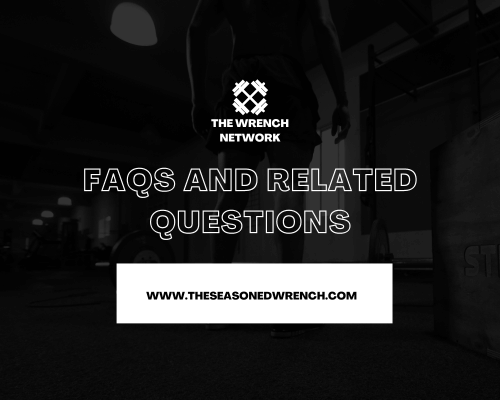There’s nothing like cruising down the open road on your Harley Davidson motorcycle.
However, the experience can quickly turn sour when your Harley turns over but has no spark after a pit stop, leaving you stranded and frustrated. This comprehensive guide will help you troubleshoot and resolve no spark issues on your Harley Davidson, ensuring that your ride runs smoothly and reliably.
The ignition system of a Harley Davidson motorcycle is a complex mix of components that are responsible for providing the spark necessary to ignite the fuel-air mixture in the engine’s combustion chamber. This process generates power and allows the motorcycle to run smoothly.
Before diving into the troubleshooting process, it’s essential to understand the basics of your motorcycle’s ignition system. This will help you more effectively identify potential issues and make informed decisions during the troubleshooting process.
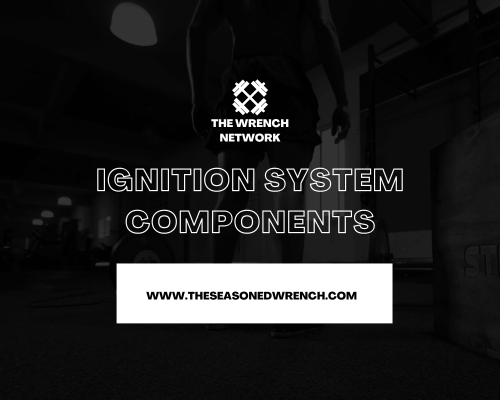
Key Components of The Ignition System
The primary components of the ignition system include:
- Ignition Switch: The ignition switch, also known as the kill switch, is responsible for turning the motorcycle’s electrical system on and off. It is crucial for starting the engine and ensuring that it runs correctly. Unfortunately, the ignition switch is a common failure point in Harley Davidsons.
- Battery: The battery supplies power to the ignition system, including the ignition switch, ignition coil, spark plugs, and the ignition module.
- Ignition Coil: The ignition coil is responsible for transforming the battery’s voltage into a higher voltage, which is necessary to create a spark at the spark plugs.
- Spark Plugs: Spark plugs are responsible for igniting the fuel-air mixture in the combustion chamber which generates power for the motorcycle.
- Ignition Control Module: The ignition control module manages the timing and sequence of the ignition system, ensuring that the spark plugs fire at the correct time.
- Crank Position Sensor: The crank position sensor monitors the crankshaft’s position and speed, providing critical information to the ignition control module to determine the proper timing for spark generation. When the CPS is malfunctioning, it can lead to hard starting and your motorcycle stalling when riding.
[Related: Harley Charging System Diagnostics Guide]
[How to Fix a Harley’s High Idle]
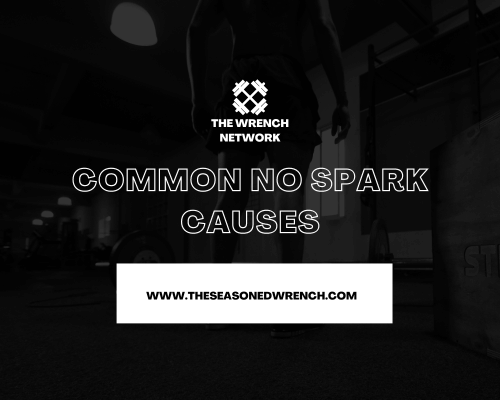
Common Causes of No Spark Issues
Several common issues can cause a no spark problem in a Harley Davidson motorcycle:
- Faulty Ignition Switch: A worn or damaged ignition switch may not provide power to the ignition system, preventing the motorcycle from starting.
- Weak or Dead Battery: A weak or dead battery may not have enough power to supply the ignition system, resulting in a no spark condition.
- Damaged or Faulty Ignition Coil: A damaged or faulty ignition coil may not produce the necessary voltage for spark generation, leading to a no spark issue.
- Worn or Damaged Spark Plugs: Worn or damaged spark plugs may not create a sufficient spark, causing the motorcycle not to start. In these cases, the motorcycle will have power but won’t start.
- Faulty Ignition Control Module: A faulty ignition control module may not provide the proper timing and sequence for spark generation, leading to a no spark condition.
- Damaged or Faulty Crank Position Sensor: A damaged or faulty crank position sensor may not provide accurate information to the ignition control module, resulting in incorrect spark timing. This is seen more commonly in like the Harley Davidson Switchback.
[Recommended Read: Saving Yourself From A Motorcycle Speed Wobble]
My experience renting my motorcycles for cash on the side:
[Riders Share Motorcycle Rentals – My Review As an Owner]
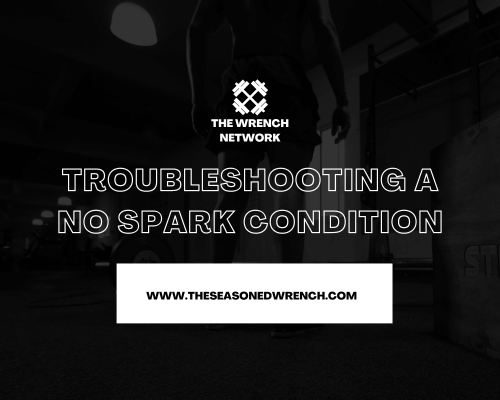
[Related Article: Harley Davidson 131 Motor Common Problems]
Hey you! Keep your Harley Davidson running in tip top shape with these suggestions:
Troubleshooting Your Harley’s No Spark Problem
If your Harley Davidson motorcycle is experiencing a no spark issue, or has lost all its electrical power, the following steps can help you diagnose and resolve the problem:
Tool You’ll Need:
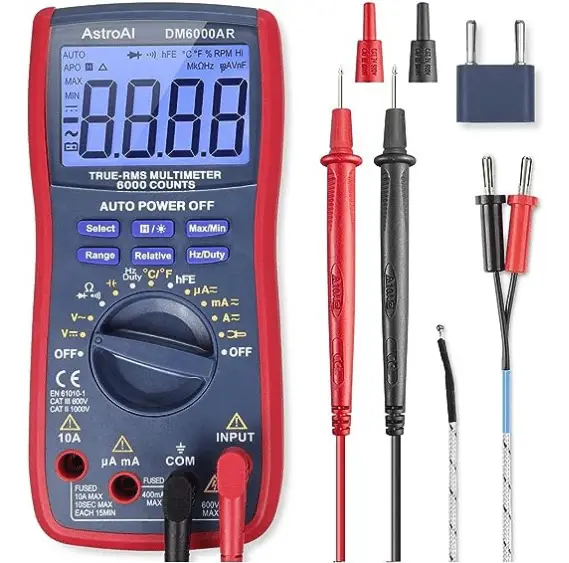
Inspect The Ignition Switch (Kill Switch)
First, ensure that the ignition switch is functioning correctly. Check for any signs of wear or damage, and verify that it is providing power to the ignition system. This can be done with a multi meter. If necessary, replace the ignition switch.
Check The Battery
Next, check the battery for signs of weakness or damage. Ensure that it has sufficient power to supply the starter and ignition system, and if necessary, charge or replace the battery. A dead or weak battery can result in insufficient power being sent to the ignition system, leading to a no spark condition
How To Check Harley Davidson Battery Voltage
- Turn off your motorcycle and remove the seat to access the battery.
- Use a multimeter to measure the battery’s voltage. A fully charged battery should read around 12.6 volts.
- If the voltage is below 12.6 volts, charge the battery and retest.
- If the battery still fails to hold a charge, replace it.
[Harley Davidson 103 Engine Problems to Be Wary Of]
Test The Ignition Coil
Using a multi meter, test the ignition coil to ensure that it is producing the necessary voltage for spark generation. If the ignition coil is not functioning correctly, replace it because it will deteriorate over time leaving you stranded at worst, or cause sputtering on acceleration at worst.
Read next: Finding The Best Spark Plug Wires for Harley Davidson Bikes
How To Test Harley Ignition Coil Primary
To test Harley ignition coils:
- Locate the ignition coil on your motorcycle. Consult your owner’s manual if you’re unsure of its location.
- Disconnect the spark plug wires from the ignition coil.
- Use a multimeter to measure the resistance between the primary and secondary coil windings. Refer to your owner’s manual for the correct resistance values.
- If the resistance values are outside of the specified range, replace the ignition coil primary
Inspect and Replace Spark Plugs (Spark Plug Wires if Necessary)
Inspect the spark plugs for signs of wear or damage, and replace them if necessary. Additionally, check the spark plug wires for any signs of damage or wear, and replace them if required.
Related article: Harley Twin Cam Problems
How To Check Harley Spark Plugs
To inspect and replace a Harley’s spark plugs:
- Remove the spark plug wires and unscrew the spark plugs using a spark plug socket.
- Inspect the spark plugs for damage, fouling, or excessive wear.
- If the spark plugs are damaged or excessively worn, replace them with new ones.
- If the spark plugs are fouled, clean them using a wire brush and reinstall.
Test The Ignition Control Module
Using a multi meter, test the ignition control module to ensure that it is providing the proper timing and sequence for spark generation. If the ignition control module is not functioning correctly, replace it. A malfunctioning ignition coil can prevent the spark plugs from receiving the high voltage needed to create a spark.
How To Test a Harley Ignition Module
A defective Ignition Control Module can cause a no spark issue by failing to control the ignition coil and spark plug timing correctly. To test the ICM:
- Locate the ICM on your motorcycle. Consult your owner’s manual if you’re unsure of its location.
- Disconnect the wiring harness from the ICM.
- Use a multimeter to check the resistance between the terminals of the ICM. Refer to your owner’s manual for the correct resistance values.
- If the resistance values are outside of the specified range, replace the ICM
[Harley Davidson Fuel Injection Problems Overview]
